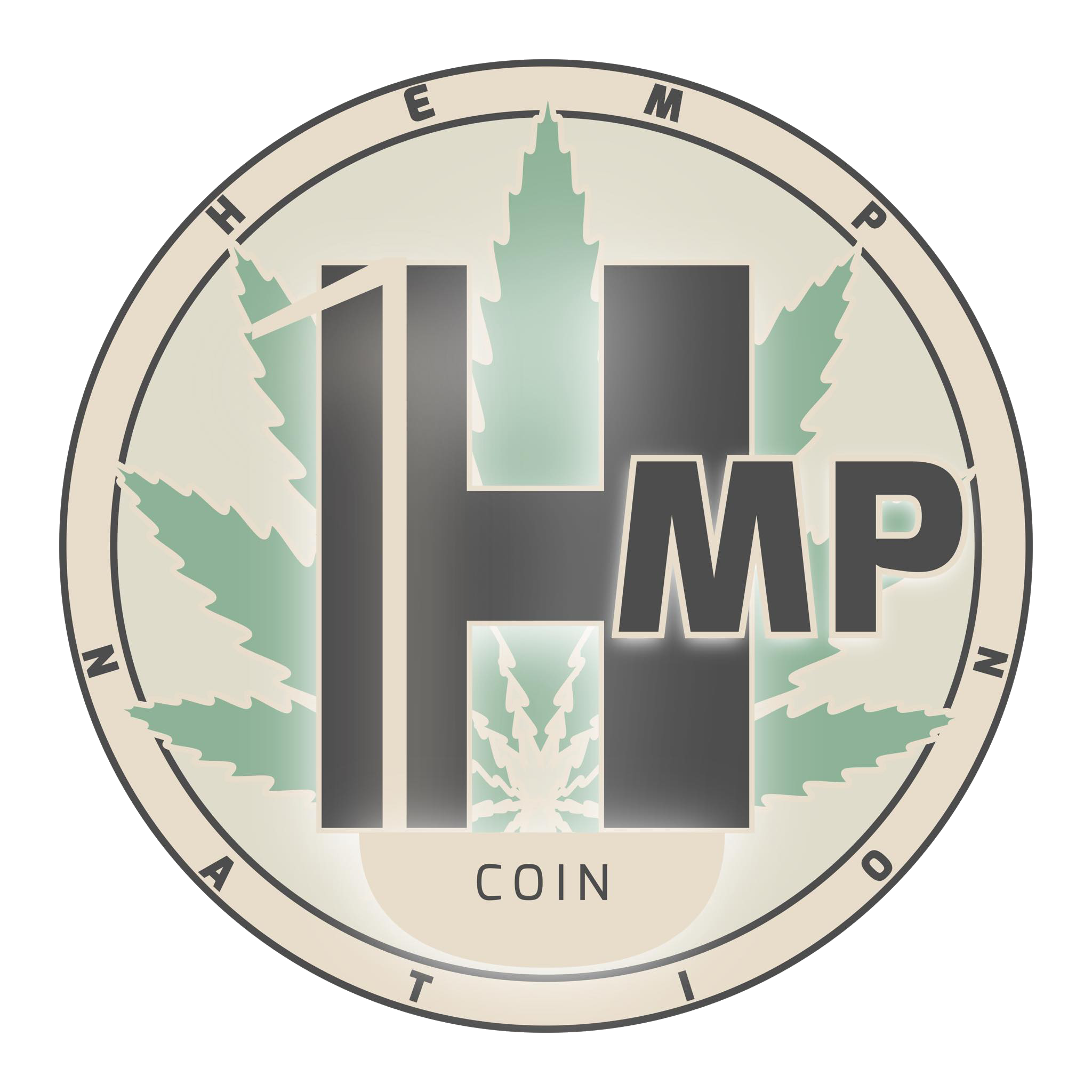
SUSTAINABILITY PROGRAM CHALLENGES
Despite the continued CEO efforts and rising customer, employee, investor and political interest, many businesses are struggling to integrate sustainability into the core of their operations. In 2019, a mere 16% of executives stated sustainability as a built-in business function. The majority (50%) of organizations thought sustainability was “fairly well” integrated, as opposed to an ideal “extremely well” target. This lack of integration stems from defective structure, planning and discipline. To bridge this function gap, businesses need a clearly defined sustainability program, and this article will be your guide to create and launch one.
You’ll learn what a sustainability program is and how to create an effective one in 10 easy steps. These steps include setting a green mission statement, creating a green team, defining a sustainability plan, implementing both environmental and social responsibility initiatives and developing effective communication with all stakeholders: employees, customers, partners and investors.
Your program will give you the sustainability framework, structure and guidance you need to reach your sustainability goals.
WHAT IS A SUSTAINABILITY PROGRAM AND HOW DOES IT DIFFER FROM A SUSTAINABILITY PLAN?
A sustainability program is an actionable roadmap detailing the related measures and activities that drive results and tell your sustainability story. It includes organizational structure, well-defined initiatives and specific implementation plans.
An effective sustainability program looks at sustainable development as a continuum. It’s a living, integral part of your business that needs room to grow organically, adjust flexibly, and evolve to your company’s changing needs.
The terms sustainability program and sustainability plan are often used together. Yet, “program” and “plan” are not interchangeable. It’s necessary to understand the difference between the terms before you can carry out your sustainability vision and goals.
A MANAGED PORTFOLIO OF SUSTAINABILITY PLANS
A sustainability plan is a course of action, created in advance and designed to complete a given goal from your sustainability program.
A sustainability program is an umbrella term, with long-term aims and a managed portfolio of multiple plans. A sustainability program includes organizational activities aimed at achieving broad sustainability objectives by coordinating multiple projects and plans. Refer to Green Business Bureau’s article, How to Create a Sustainability Plan: Executive Guide to Becoming a Sustainable Business – Step 5, for more guidance.
Understand that your sustainability program will contain more than one sustainable plan to achieve your overarching green mission.
HOW DOES IT CREATE BUSINESS VALUE?
Companies are pursuing sustainability to become more purpose-driven but also to create business value. According to McKinsey and Company, sustainable initiatives create business value through growth, risk management, and returns on capital.
Growth
- The business sustainability movement is picking up pace, e.g., in 2018, 88% of consumers desired green businesses. Sustainability is a business opportunity to be captured through innovation and testing new ideas.
- These sustainable opportunities create new market segments for business expansion.
- A sustainability agenda will guide investment decisions at a portfolio level. In 2018, over half of the global asset owners were currently implementing or evaluating sustainability in their investment strategy.
Risk Management
- There’s been a 38-fold increase in sustainability-related laws and regulations since 1972. Sustainability-led initiatives help mitigate the risk of non-compliance as these laws and regulations continue to develop.
- Environmental and social disruptions cause a negative brand reputation (note BP’s 2010 Deepwater Horizon oil spill). Sustainability programs reduce disruption risk and create a positive brand image.
- 27% of organizations are feeling the operational impacts of climate change. Sustainability programs help organizations manage these operational risks.
Returns on Capital
- 74% of consumers are willing to pay more for sustainable products and services. This improves revenue with higher share and price premiums.
- Operating costs are reduced using lean and efficient resource management capabilities.
25 Tips For Managing an ESG Program
Green Business Bureau Sustainability Checklist
A guide on how to create the sustainability results you envision and check off all the steps in the process along the way.
Topics include Laying the Foundation, Launching the Program, Environmental Initiatives, Social Responsibility Initiatives, Embracing Accountability, Celebrating Success, Completing a Certification, and Creating a Marketing Plan.
Download Now
HOW TO DEVELOP YOUR SUSTAINABILITY PROGRAM IN 10 STEPS
Green Business Bureau has defined 10 steps you can follow to help you develop your sustainability program (plus its constituent sustainable plans).
Step #1: Write Your Green Mission Statement
A green mission statement is a formal summary of your company’s sustainability aims and values. This statement will become the foundation of your efforts. It provides stakeholders an understanding of what your company aims to do to protect our natural world and be socially responsible.
Companies need to identify their core purpose to design stronger sustainability programs. As Marc Benioff, CEO of Salesforce says;
“To be truly successful, companies need to have a corporate mission that is bigger than making a profit.” – Marc Benioff, CEO at Salesforce
Sustainability brings this purpose to business, and your green mission statement will reflect this higher sense of purpose, setting the tone for your sustainability program.
Step #2: Create a Green Team
“Employees are a company’s greatest asset – they’re your competitive advantage. You want to attract and retain the best; provide them with encouragement, stimulus and make them feel that they are an integral part of the company’s mission.” – Anne M. Mulcahy, former CEO and chairwoman of Xerox Corporation
Engaging employees with your sustainability mission is essential for success. Yet, employees are often the most underutilized resource when developing and implementing sustainability programs.
According to a recent Gallup poll, only 39% of employees felt engaged at work. This disengagement will detract from your sustainability program if you don’t work to involve your employees.
Despite this, it’s reported that a mere 6% of sustainability programs set the pace on employee engagement (although this figure is from 2015 and needs updating).
To pull your weight with employee engagement, start by creating a green team. Your green team should meet routinely to assess progress, discuss challenges and identify new opportunities.
Your green team leads the charge internally to engage employees and create a green culture. You’ll want to build a multi-departmental team with a diverse skill set and individuals passionate about sustainability.
Step #3: Create a Sustainability Plan
You’ve already been introduced to the sustainability plan. Now this is your time to create one. Sustainability plans are comprehensive playbooks that, together, will deliver your sustainability program.
Start your first plan by targeting low-hanging fruit – initiatives that are easy to implement in terms of effort and cost. Examples could be switching to LED lights, notifying employees to turn off equipment, and installing more recycling bins.
It’s moving from these low-hanging fruit initiatives to advanced actions that most businesses find tough. These advanced actions embed sustainability into an organization’s core operations, and to do that you must define the following key components:
- Sustainability goals and Key Performance Indicators (KPIs)
- Sustainability drivers
- An action plan
- An implementation plan
The remaining 7 steps given in this article will help you develop these four key components in your sustainability plans, each one driving three to five initiatives.
Step #4: Conduct an EcoAssessment
For your sustainability plans to work, you need direction. You’ve defined your goal through your green mission statement. Next, you need to determine where you currently stand relative to this goal.
First, summarize business aspects that consume energy, water and other natural resources, generate waste, impact the environment and contribute to climate change.
Next, you’ll want to measure sustainability. Measuring sustainability details where an organization is at today using real-time data and a quantitative basis to strategize towards your sustainability goals. This gives you a documented baseline regarding your eco profile. You can measure sustainability using the following resources:
- Point value scorecards, as seen with Green Business Bureau’s EcoPlanner.
- Popular third-party auditing processes, such as ISO 14001, The Natural Step, and Triple Bottom Line Accounting.
- Benchmark setting using sustainability standards set by NGOs, internal company policies, or other stakeholders.
The more granular your sustainability baseline, the easier it will be to identify green investment opportunities. Measuring sustainability sets target KPIs – quantitative measures used to evaluate success – and guides goal development.
Step #5: Decide on Your Sustainability Initiatives
Next, detail the target initiatives for each sustainability plan. Prioritize those based on impact, effort, cost, and feasibility. Start with your low-hanging fruit, and develop your plan to target advanced initiatives towards the end.
According to McKinsey and Company, it is best practice to concentrate on three to five strategic priorities per plan to maximize impact. Imagine a sustainability plan with a large number of focus areas; it’s unlikely each will get the necessary buy-in of resources and time. Take Coca Cola for example. Their sustainability program called Me, We, World encompasses plans that target three intuitive areas: well-being, women, and water.
The main initiatives to consider are as follows:
- Energy: How much energy is used? Can we use less or adopt clean alternative energy sources?
- Water: How much water do we use? How much do we waste? Can we conserve water with smart technology (e.g. motion sensor faucets)? Do we use plastic bottles for water?
- Food: Where do we source our food from? What food do we provide for our employees? Is it healthy and produced from sustainable sources? Can we minimize meat and offer more plant-based options? Are we composting food waste?
- Waste: What waste do we produce and where does it come from? Is it hazardous? How can we reduce waste and prevent pollution? Can we find ways to recycle or upcycle waste materials (e.g. install recycling bins in the break room)?
- Buildings: How eco-friendly are our buildings? Are there opportunities to improve energy efficiency and upgrade lighting, insulation, heating, and cooling? Are we maximizing natural light or natural airflow whenever possible?
- Products & Packaging: Do our products use sustainably sourced and eco-friendly materials? How does manufacturing our products impact the environment? Is our packaging also safe for people and the planet?
- Supply Chain: Are we using suppliers who are environmentally and socially responsible? Are we sourcing products from the closest source? Are there areas to improve supply chain efficiency in terms of lowering waste and carbon emissions?
- Transportation: What vehicles do we use for distribution and operations? Can we reduce employee business travel? If not, how can we offset our carbon emissions?
- Community: Do we support our local communities and local farms? Do we get involved in environmental causes, events, and associations? Are we evangelizing green business?
- Employees: Do we offer employee training in sustainability? Do we have a green team? Are we creating a green culture? What’s our level of employee engagement? Do we communicate policies company-wide?
Let’s say, for one plan, you decide to focus your initiatives on reducing energy consumption. To do this, you could compare technology solutions, weigh up equipment retrofitting options, and consider the associated direct and indirect costs.
Over time, you’ll gather a portfolio of sustainable plans, each targeting three to five initiatives, creating a thorough sustainability program.
Step #6: Introduce Social Responsibility Initiatives
To implement your sustainable plans, you need employee engagement and buy-in. You need to consider protecting both the planet and people.
Most employees use a rational cost-benefit calculus (what’s in it for me?). So, include social responsibility initiatives in each sustainability plan. This will help during the implementation phase, giving your employees something back.
Examples of socially responsible initiatives include:
- Remote work options where possible
- Flexible hours and shorter work weeks
- Fitness, meditation and wellness classes in the workplace
- Healthy, organic food choices
- The chance to volunteer for charity events
- Embracing diversity, equity, and inclusion
- Support for local communities
According to Inc, 75% of millennials are looking for socially responsible employers who incorporate these initiatives. Giving back to your employees in this way will create the support to implement your sustainability plans.
Step #7: Communicate Goals and Plans to Stakeholders
You need to communicate your goals, across a five-year or more period, for your sustainability program and its constituent plans.
Keep your goals specific. For instance, don’t say “to reduce the impact of our packaging on the environment”, but instead highlight the details. Say, “to eliminate 20 million pounds of packaging by 2025.” This will avoid ambiguous claims associated with greenwashing.
Use these goals to gauge engagement across stakeholders to support the implementation of your sustainability program (and plans).
Thinking about this engagement, we’ve considered employee engagement, but what about other stakeholders e.g., suppliers, consumers, and investors?
Stakeholder engagement demands training, internal and external collaboration, and certification. Your stakeholders must want sustainability. If they don’t, it’s your job to educate them.
For instance, the multinational chocolate manufacturer, Hershey, created the CocoaLink project. This project sends experts to teach suppliers best-practice farming methods, plus other local education initiatives. Yields improved and the farms were more sustainable.
Part of this education includes explaining how your sustainability program creates value – as previously noted.
These benefits should be reported to the corporate board alongside economic successes. Such reporting is done by Marks and Spencer in their Plan A program. In 2017, their sustainability program reported savings of $27 million and won more than 240 awards.
Bear in mind that some sustainability benefits are spread across various parts of an organization, and are often indirect (e.g. improved corporate reputation and increased customer loyalty), with long-term payoffs.
Step #8: Embrace Accountability
Appoint an executive from your green team as the owner of each sustainability target. This is someone who can track the costs and benefits of actions, to be reported on in real-time.
Thinking about this reporting, your executives should do this digitally. As sustainability strategist and storyteller Mike Hower puts it:
“Even though we live in an awesome age of digitally enabled communication, many companies continue to rely on dusty PDFs to tell sustainability stories.” – Mike Hower, The 4 Pillars of a Corporate Sustainability Program
You want the relevant data and information to be accessible, easy to analyze, and available in real-time. Therefore, you need to move away from old-fashioned PDF sustainability reports, to use more digital means of tracking sustainable initiatives.
For instance, the GBB certification and sustainability scorecard summarize a company’s current progress and provides this data online in real-time. This makes reporting, and hence accountability, easy. Your executives can track eco points and assign teams and departments to specific green initiatives found in the GBB library.
Step #9: Celebrate Success
As you implement each sustainability plan, you must celebrate your successes and the gained momentum in your sustainability program.
Recognize people’s achievements and share these achievements internally and externally. Some companies are guilty of greenwash, whereas others have the opposite problem of ineffective stakeholder communication to present their good work.
Because you’ve appropriately measured sustainability, tracked and communicated your goals, your achievements will be true to reality and not exaggerated claims. We say, communicate your achievements!
Also, celebrate success by making sustainability a part of your quarterly company updates. This way, sustainability is routinely seen to contribute to your company’s success along with traditional financial metrics.
Step #10: Get Certified
Gain the seal of approval your sustainability program deserves. Consumers are more likely to turn to well-regarded green credentials, such as:
Certification will validate the efforts of your sustainability program, and help you reap the business value these programs create.
For instance, Green Business Bureau offers certification membership, where you’ll have a suite of over 400 initiatives to choose from to develop your program’s constituent sustainability plans. You will also have the opportunity to assess your current sustainability performance, identify improvement opportunities and develop goal strategies. Share your progress and achievements with your employees, stakeholders and the world through your unique EcoProfile.
Creating a sustainability program using these 10 steps will provide the structure and discipline needed to integrate sustainability into your core business operations. Start re-writing your sustainability story, to lead by example with a well-defined sustainability program.
By Green Business Bureau
September 30, 2021Green Team
Link


